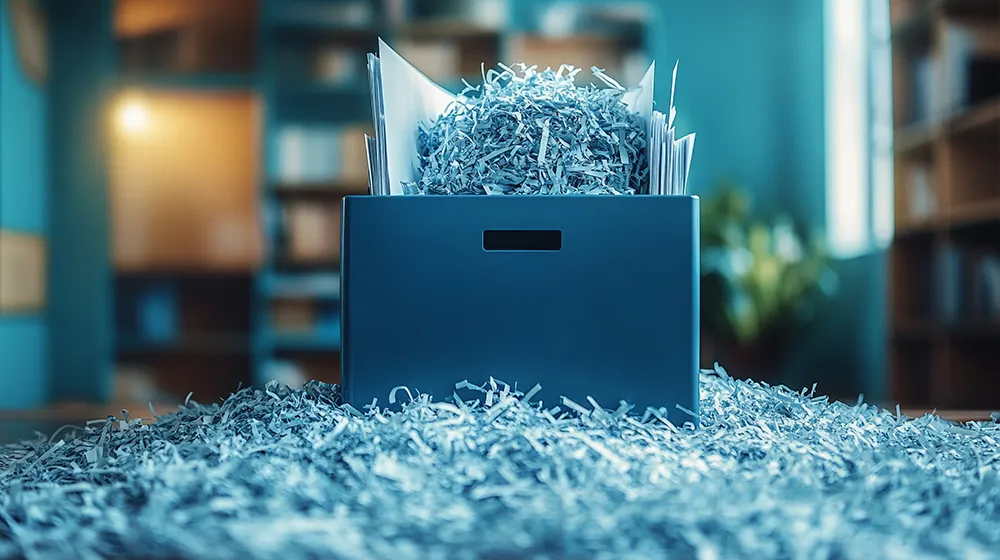Top Strategies for Businesses to Reduce, Recycle, and Save Costs

Every business, whether small or large, produces waste and spends money managing it. Packaging, office supplies, outdated equipment, and food waste from cafeterias add up quickly. What looks manageable at one desk or in one storeroom becomes a costly burden when multiplied across departments and branches. Companies that take a closer look at how they handle waste often discover that smart strategies not only reduce their environmental footprint but also cut operating costs.
Everyday Office Waste
Paper, printer cartridges, and disposable cups continue to fill bins in most workplaces. Switching to digital records, refillable cartridges, and reusable drinkware can cut expenses significantly. Offices that place clearly labeled recycling bins near workstations usually see higher participation rates, which keeps recyclables from ending up in general trash. Over time, this reduces the volume sent to landfills and lowers disposal fees.
Packaging and Logistics

Retailers and manufacturers often deal with bulk packaging materials that are used once and thrown away. Corrugated boxes, bubble wrap, and stretch films are major contributors. By redesigning packaging to use less material or shifting to returnable crates, businesses can save money on procurement and reduce waste at the same time. Logistics partners are also increasingly open to packaging take-back arrangements, which keep materials in circulation instead of being discarded.
Food and Hospitality Waste
Hotels, restaurants, and office cafeterias generate high volumes of food scraps and leftovers. When not managed properly, this creates foul odors and hygiene complaints. Microbial composting systems offer a practical solution by converting organic waste into compost or biogas. Many establishments that adopt these systems notice immediate savings on waste hauling fees, along with improved kitchen hygiene. Some even use the compost for landscaping, turning what was once waste into a useful resource.
Electronic and IT Assets
Outdated computers, printers, and networking equipment are another challenge. Simply storing them in storerooms ties up space, while discarding them without recycling is a missed opportunity. Partnering with certified e-waste recyclers ensures safe handling and recovery of valuable metals. Businesses that follow structured IT asset recovery programs often see returns in the form of resale value, parts harvesting, or trade-in credits from vendors.
Building Operations
Energy and water use in office buildings also tie into waste reduction. Motion-sensor lighting, efficient HVAC systems, and water recycling units not only reduce utility bills but also lower the strain on municipal systems. Many businesses that retrofit their buildings with energy-efficient solutions recover their investment faster than expected because of lower operating expenses.
The Business Case for Smarter Waste Practices
Adopting reduction and recycling strategies pays off in more ways than one. Companies that show commitment to sustainability often gain better customer loyalty and attract employees who value responsible practices. Cleaner premises improve working conditions and reduce complaints, while cost savings from reduced procurement and waste hauling strengthen the bottom line.
Practical steps like digital records, returnable packaging, composting food scraps, recycling e-waste, and installing efficient building systems are already proving their worth across industries. When businesses approach waste as a resource rather than a liability, they discover long-term savings and stronger operational resilience.
